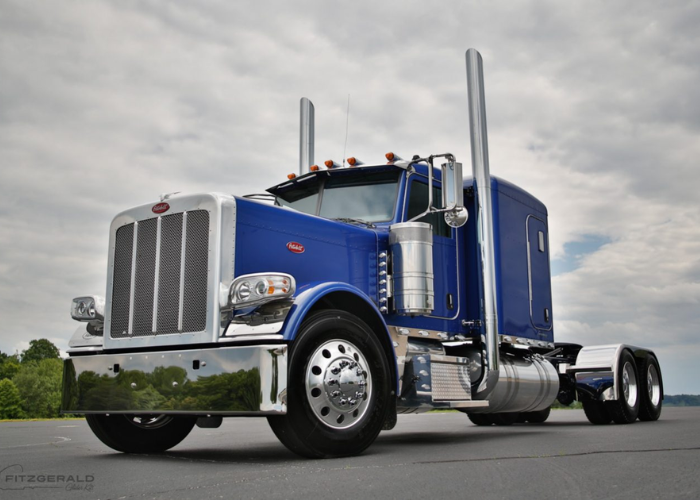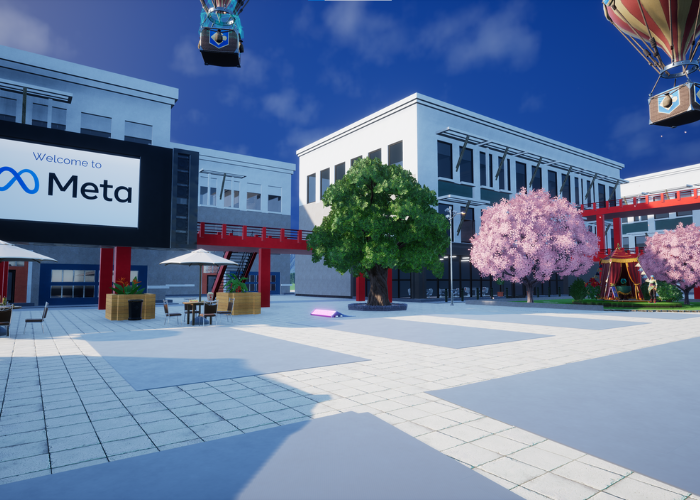Front-end header boards are a unique and sophisticated form of hardware used for both industrial and commercial applications. They are used to bridge the gap between the front-end processor and the back-end processor, providing a reliable and secure connection between the two. Front-end header boards come in a variety of sizes and styles and offer a wide range of features and benefits.
What is a Header Board?
A header board, also known as a front-end board or logic board, is a key component of many electronic devices. It is a printed circuit board that connects the various components of a device, such as the processor, memory, and control circuitry.
By connecting the device’s components, it allows the device to function. Header boards are used in a variety of electronic devices, from small gadgets to large industrial machinery. In many cases, the header board is the first component to be installed in a device.
As such, it is responsible for the initial setup and configuration of the device. A header board typically contains a number of slots and connectors for connecting other components. It also contains circuitry that allows the various components to communicate with each other.
This communication is necessary for the device to function properly. Header boards are typically made from a variety of materials, including epoxy resin and fiberglass. The type of material used depends on the application and device for which it is used.
Examples of Header Boards
Header boards are a great way to organize information on the front end of a website. They provide a simple and effective way to display important information such as navigation links, company logos, contact information, and more.
Header boards are often used to create a consistent look across multiple pages of a website, providing a visual aid for the user to quickly identify where they are and what they are looking for.
Examples of header boards include a simple static header that contains navigation links, a header board with a large logo, or a header board with a search feature. Header boards can also be used to indicate the current page a user is on by highlighting the page title or to contain additional information such as social media accounts or customer service information.
Header boards are an essential part of any website, providing a consistent user experience and creating a great first impression.
Benefits of Including Header Boards in Front-End Design
Header Boards, also known as “hero images”, are a key element of front-end design. They are powerful visual tools used to attract attention to a website or app and to draw the eye to the rest of the page.
Header Boards provide instant visual impact, helping to capture a visitor’s attention and draw them to the page. They can be used to introduce a product or service, demonstrate a concept, or showcase a feature. They can also be used to draw visitors to the most important content on a website or app.
The Benefits of Including Header Boards in Front End Design are vast. Header Boards can be used to reinforce brand identity, create an emotional connection with visitors, and provide an aesthetically pleasing introduction to a website or app.
They can also be used to set the tone for the page and draw visitors in. Additionally, Header Boards can be used to highlight key features or benefits and to draw attention to special offers or promotions. By using Header Boards in the front end design, businesses can ensure that the most important content is seen first, helping to drive engagement and conversions.
Best Practices for Designing Header Boards
When it comes to designing header boards for front-end applications, there are a few best practices that should be followed in order to create a successful user experience. First and foremost, the header board should be designed to be responsive across all devices.
This means that the header board should automatically adjust to fit any screen size, from desktop to mobile. Additionally, the header board should be designed to be easily navigable.
This means that the user should be able to easily locate the necessary information and functions they need from the header board. Furthermore, the header board should be designed to be visually appealing. This means that the colors, font sizes, and other design elements should be pleasing to the eye and not overly cluttered.
Finally, the header board should be designed to be accessible. This means that the user should be able to easily access and use the header board regardless of any disabilities or impairments they may have. By following these best practices for designing header boards, front-end developers can ensure their applications are designed to provide the best possible user experience.
How to Choose the Right Front End Header Board
Choosing the right Front End Header Board for your project can seem like a daunting task. However, it doesn’t have to be. With a bit of research and thought, you can find the right header board for the job. The first thing you’ll want to consider is what type of header board is best suited for your project.
Depending on the complexity of your project, you may need a more sophisticated header board than one designed for a simpler project. You’ll also need to take into account the size of your project, as some boards are designed for larger projects and may not fit in your desired space.
Additionally, you’ll want to make sure that the header board you select is compatible with the components you plan to use. You should also consider the number of pins and other features necessary for your project.
Finally, it’s important to research the compatibility of the header board with any external devices you may be using. With this information in hand, you can make an informed decision and select the best Front End Header Board for your project.
Challenges and Considerations when Implementing Header Boards
When it comes to implementing front-end header boards, there are several considerations to be made. First, the size of the header board must be taken into account. Too small, and it can be difficult to draw the eye of customers, while too large can make the product look cluttered.
Additionally, the complexity of the graphics used in the design must be taken into account. Too much complexity can make the message difficult to comprehend, while too little can make it seem uninteresting.
Finally, the placement of the board must be considered. Too close to the ground can make it difficult to see, while too high can make it hard to read. All of these factors must be taken into account when designing and implementing front-end header boards.
Conclusion
Front End Header Boards are a great way to increase the functionality of your website. They provide an easy way to add branding, navigation, and other features to the top of your website. They can also be used to create engaging and interactive experiences for visitors.
By using Front End Header Boards, you can ensure that your website is easy to use and well organized. Ultimately, Front End Header Boards are an essential tool for any website.



